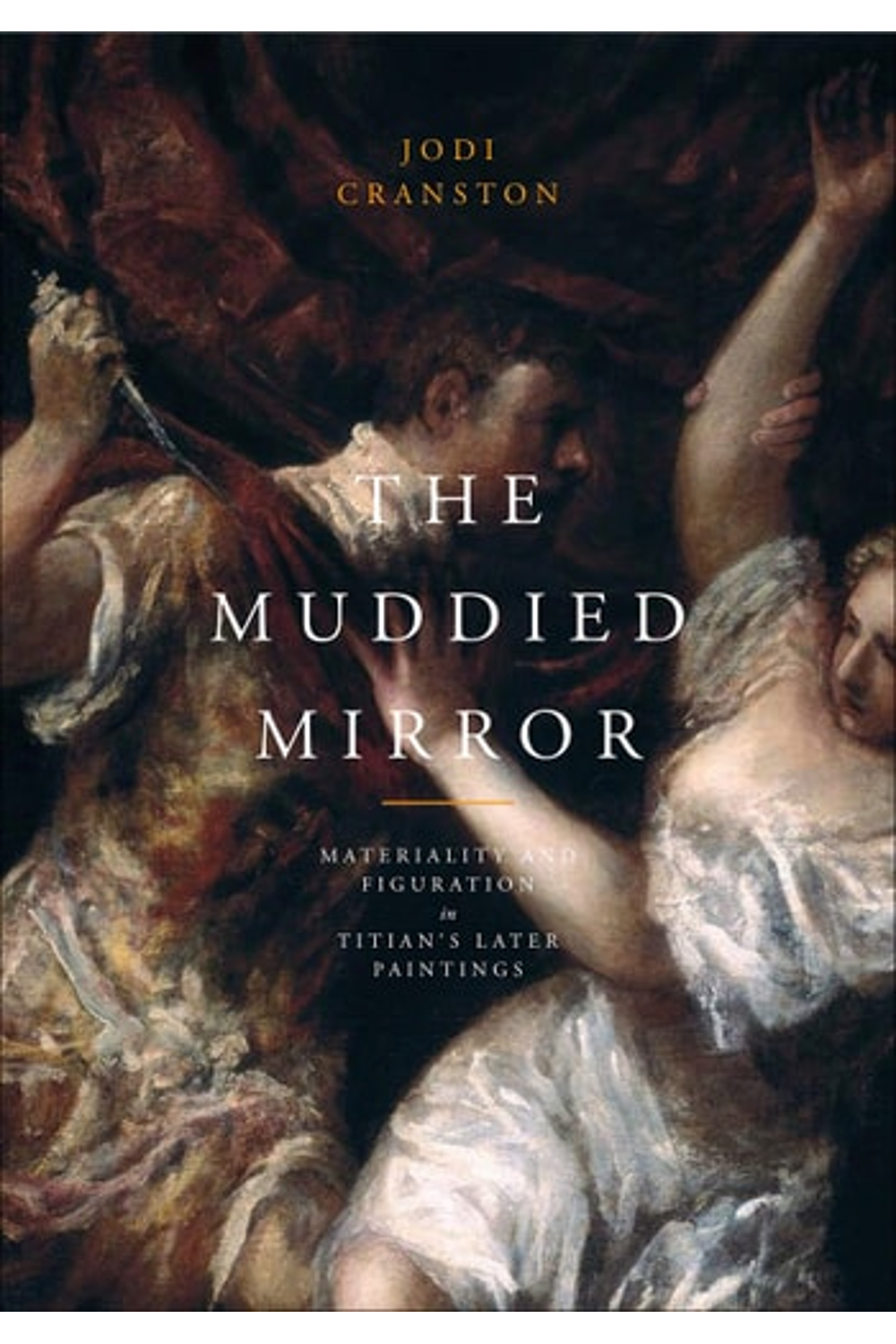Uncover the revolutionary techniques and hidden meanings behind Titian’s later masterpieces in Jodi Cranston’s “The Muddied Mirror.” Challenging traditional interpretations, this illustrated hardcover edition, published by Penn State University Press, unveils how Titian intentionally used visible brushstrokes and thick layers of paint to convey the raw physicality of his subjects. Cranston argues that Titians emphasis on materiality wasn’t a sign of decline, but a deliberate artistic choice to depict themes of violence, metamorphosis, and desire with unprecedented visceral impact. Dive into a groundbreaking analysis of a pivotal period in Renaissance art and rediscover Titian’s genius through a new lens. Ideal for art historians, students, and anyone captivated by the power of art.
The Muddied Mirror: Materiality and Figuration in Titian’s Later Paintings
22,73 $
In stock
Ideal painting in the Renaissance was an art of illusionism that eliminated for the viewer any overt sense of its making. Titians paintings, in contrast, with their roughly worked and open surfaces, unexpected glazes, and thick impasto brushstrokes, made the fact of the paint increasingly visible. Previous scholars have read these paintings as unfinished or the product of lesser studio hands, but in The Muddied Mirror, Jodi Cranston argues that this approach to paint is integral to Titians later work. Rather than presenting in paint a precise reflection of the visible world, the artist imparted an intrinsic corporeality to his subjects through the varying mass and thickness of the paint. It is precisely the materiality and disfiguration of these paintings that offer us the key to understanding their meanings. More important, the subjects of Titians late paintings are directly related to the materiality of the bodythey represent physical changes wrought through violence, metamorphosis, and desire.
| Authors | |
|---|---|
| Binding | |
| Condition | |
| ISBN-10 | 0271035293 |
| ISBN-13 | 9780271035291 |
| Language | |
| Pages | 176 |
| Publisher | |
| Year published | |
| Weight | 794 |
| Edition | Illustrated |
| Dewey decimal | 759.5 |
- Additional information
- Currencies
- USD – United States dollar
- EUR – Euro
- GBP – Pound sterling
- CNY – Chinese yuan
- BRL – Brazilian real
- MXN – Mexican peso
- JPY – Japanese yen
- PHP – Philippine peso
- THB – Thai baht
- PLN – Polish złoty
- CAD – Canadian dollar
- MYR – Malaysian ringgit
- AUD – Australian dollar
- TWD – New Taiwan dollar
- CZK – Czech koruna
- SEK – Swedish krona
- HUF – Hungarian forint
- ILS – Israeli new shekel
- CHF – Swiss franc
- HKD – Hong Kong dollar
- DKK – Danish krone
- SGD – Singapore dollar
- NOK – Norwegian krone
- NZD – New Zealand dollar





